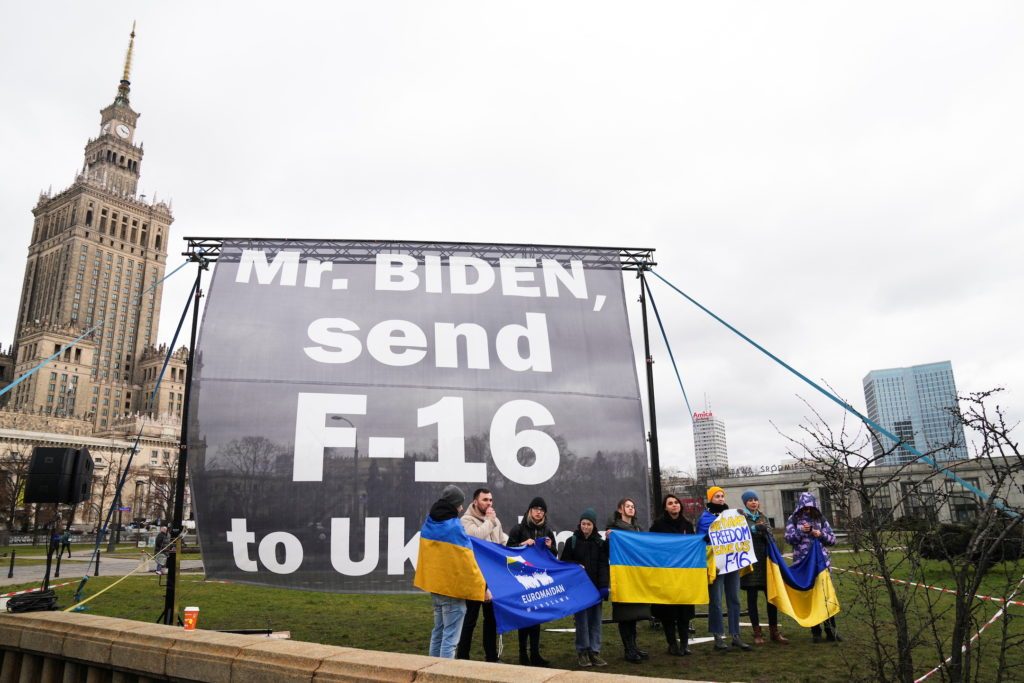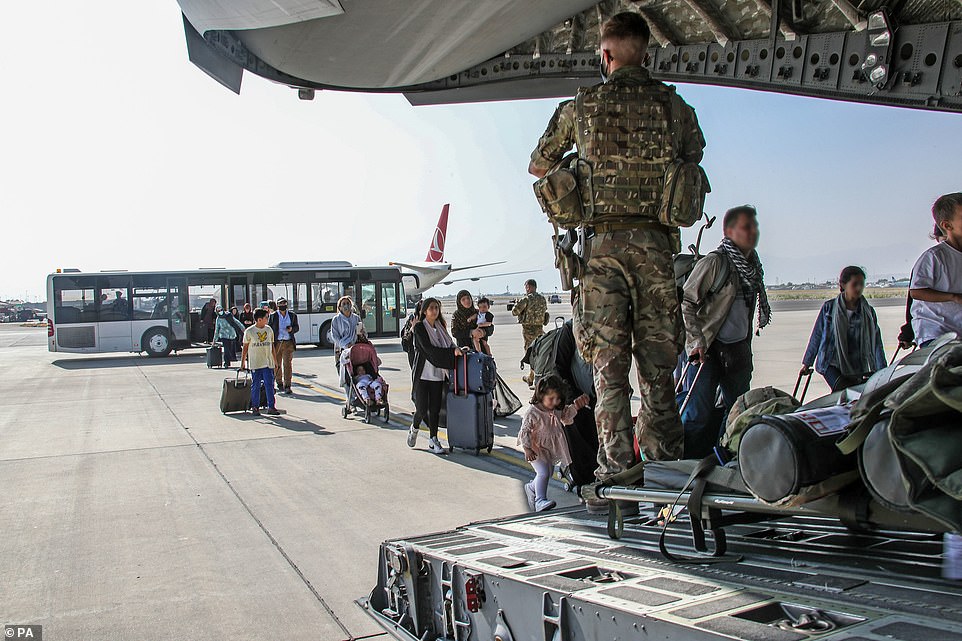
Now that President Biden has given his European NATO allies the green light to provide Ukraine with “fourth generation” fighter aircraft, everyone and his cousin are talking about those aircraft. What “fourth (and first, and second, and third, and fifth) generation” means; what the aircraft in question can and cannot do; and the impact their participation in the war is, or is not, going to have on its conduct. Time to shed some light on these questions.
First, this “generations” business. Starting with the German Me-262, the first three generations of jet fighters entered service in 1944-45 and ruled the skies until about 1970. With each “generational” change they grew faster, enabling them to seize the initiative and dictate the rules of engagement; but only at the cost of being less maneuverable and, to that extent, less suitable both for air-to-air combat and for air-to-ground operations. Starting around 1975, these problems led to a fourth generation of fighters. As the famous late USAF Colonel John Boyd, a fighter pilot who in some ways acted as the brain behind the idea, explained it to me many years ago, aircraft such as the American F-15, F-16, and F-18 were provided with computerized controls. So, somewhat later, were the Russian Su-27, the French Rafale, and the Anglo-German-Italian Tornado. The advent of “fly by wire,” as the system was known, greatly reduced the burden on the pilots, enabling them to focus on fighting rather than simply keeping their machines airborne. In this way, but also by enabling the aircraft to turn much faster than their predecessors, it gave them a decisive edge in combat.
Fifth-generation aircraft are characterized above all by stealth, a technology first introduced around 1990 that greatly reduced their exposure to radar. They also carry sensors able to identify and engage multiple targets simultaneously as well as long-range air-to-air missiles that enable them to take advantage of those sensors. Prime examples are the American F-35 and F-22 as well as the Russian Su-57. By contrast, all Ukraine has are some fourth-generation, Soviet-built, Mig-29s and Su-27s. Old as these aircraft are, just keeping them air- and combat-worthy represents a formidable task; let alone making them fight and defeat their most modern Russian opponents with their superior stealth characteristics, radar, avionics, and air-to-air missiles.
There is also something known as “4.5-generation” fighters, but since there are too few of them to be sent to Ukraine I shall not consider them here. Granted, supplying Ukraine with F-16s is going to solve some of the above problems. But not completely, and perhaps not even by very much. Many of the to-be-provided aircraft are early models built from 1976 on and still being provided to various, mostly third world, customers. Operated for many years—in some cases, decades—by various NATO air forces, making them fit for war risks becoming entangled in a logistic nightmare of different operational capabilities, different spare parts, and different training systems. Of the three, the last-named may well be the most problematic. Some of the sources I consulted say that a Ukrainian pilot accustomed to flying old Soviet-made equipment can be retrained in a matter of months. However, doing the same for the ground-crews may take a year or more.
Nor are those the only problems. At the beginning of the war many observers, comparing the mighty Russian air force (currently it is probably the second most powerful in the world) to the much smaller, in some ways outdated and rag-tag, Ukrainian one predicted a swift victory of the former country over the latter. Two factors explain the failure of Russian air superiority to have a greater impact than it did. First, there is Ukraine’s sheer size—about 600,000 square kilometers, twice as much as Germany—and the consequent dispersed nature of the fighting, much of which takes place not between mighty ground formations but between small and highly mobile teams operating now here, now there. Second, Ukraine’s ground-to-air defenses, particularly those brought into action not against Russian fighters but against cruise missiles and drones, have proved much more effective than anyone could have thought when the war got under way. True, command of the air, meaning the ability to fly where they want and bomb whom they want, has remained mostly in Russian hands. But never at any time has it reached the point where it was absolute.
Overall, the outcome has been and still remains a war of attrition. By definition, and if only because the belligerents tend to imitate one another, in such a war what decides is not tactics, nor even operational art. It is, rather, sheer endurance—a quality which itself is made up of adequate reserves on one hand and willpower on the other. In point of reserves, my prediction is that Western economic might will prevail over that of Russia, even that of Russia as receiving modest support from China. In point of willpower I am not so sure. Some of Putin’s collaborators, tired of the war they fear could end in the disintegration of their country, may band together to remove him and start a new policy. However, it is equally possible that, as happened in Vietnam, Iraq and Afghanistan, the American people, media and Congress will become tired of the fight and compel the government to abandon it. The more so because an election year is coming up. Do I have to add that, without the US to provide the necessary physical and mental backbone, the rest of NATO is more or less useless?
But these are long-term considerations. My immediate prognosis: With or without the yet-to-arrive F-16s, expect the war, like the Energizer Bunny, to go on. And on. And on.

